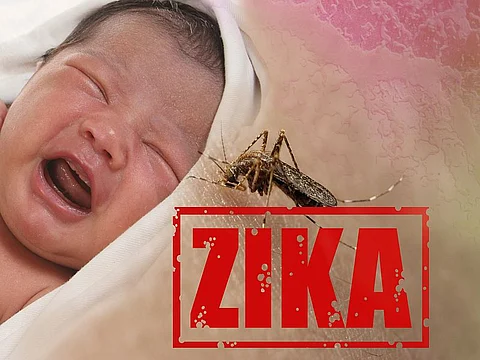THURSDAY, Jan. 25, 2018 (HealthDay News) -- There was a significant rise in Zika-related birth defects in areas of the United States with local transmission of the mosquito-borne virus, a new report shows.
"Babies with Zika-related birth defects need all the help they can get, as soon as possible, and for as long as they need it," said Dr. Brenda Fitzgerald, director of the U.S. Centers for Disease Control and Prevention.
"This report highlights the critical importance of documenting birth defects possibly related to Zika, and our need to maintain vigilance," she added in an agency news release.
For the study, researchers analyzed data from 15 states and territories in 2016, and found that about three of every 1,000 newborns had a birth defect possibly caused by Zika infection in the mother during pregnancy.
The investigators also found that birth defects likely caused by Zika rose 21 percent between the first half of 2016 and the last half of 2016 in regions that saw local transmission of the virus that summer: southern Florida, a part of south Texas, and Puerto Rico.
It's not clear if the increase in these three areas was due to local transmission of Zika alone, or if there were other contributing factors, the researchers noted.
According to the report, most mothers who had babies believed to have Zika virus-linked birth defects did not have laboratory confirmation of Zika virus infection, either because they were not tested, were not tested at the right time, or were not exposed to Zika virus.
And since many pregnant women exposed to Zika virus in late 2016 gave birth in 2017, there could be another spike in possible Zika-related birth defects once data from last year is analyzed, the authors of the report noted.
Among all the possible Zika-related birth defect cases in the 15 states and territories: 49 percent had brain abnormalities and/or microcephaly (small or underdeveloped head and brain); 20 percent had neural tube defects and other brain abnormalities; 9 percent had eye abnormalities; and 22 percent had nervous system damage, including joint problems and deafness, without brain or eye abnormalities.
The study was published in the Jan. 26 issue of the CDC's Morbidity and Mortality Weekly Report.
More information
The U.S. Centers for Disease Control and Prevention has more on Zika and birth defects.


